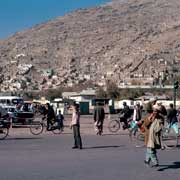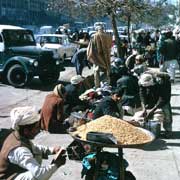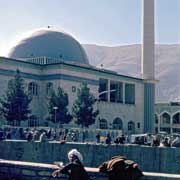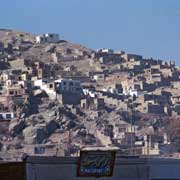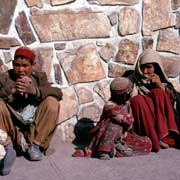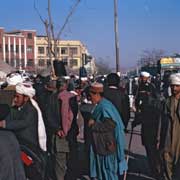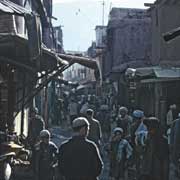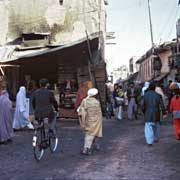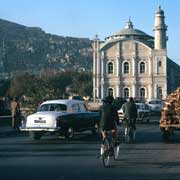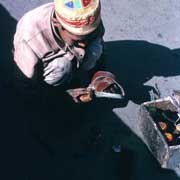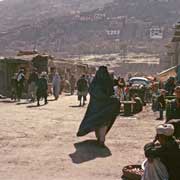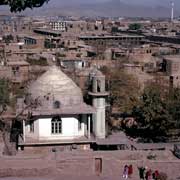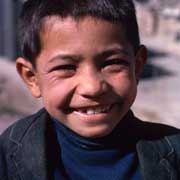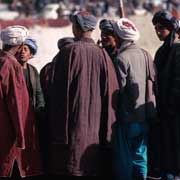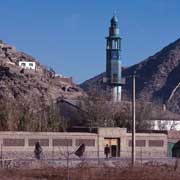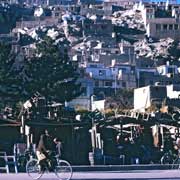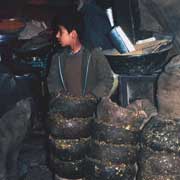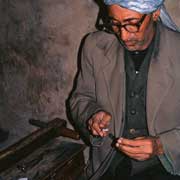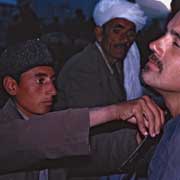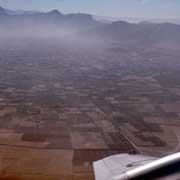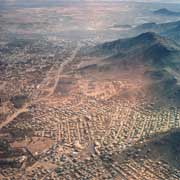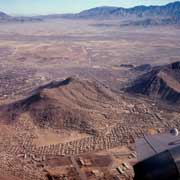Photos from Afghanistan
Kabul, capital city of Afghanistan
Kabul, with a population of about 2.8 million, is the capital and largest city of Afghanistan. It is also the capital of the province with the same name. It lies on the Kabul River in north-eastern Afghanistan, about 80 kilometres east of the border with Pakistan. The economy used to be based on handicrafts and the manufacture of building materials, machinery, textiles, and processed foods. Kabul University was founded in 1932.
you may then send it as a postcard if you wish.
Kabul as a city is more than 3,500 years old. In 664 CE it was conquered by Arabs, who made attempts to convert the inhabitants to Islam; in 870 the first Islamic dynasty in the region was established. In the thirteenth century, Kabul was sacked by the Mongol conqueror Genghis Khan. The rise of the Mogul Empire under Babur saw the city elevated to its capital in 1512. It remained the capital until 1526 when the centre of the empire shifted towards India. In 1773, Kabul became the capital of Afghanistan. It was captured by the British in both 1842 and 1879 during the Afghan Wars. The city was a major Soviet military base during the Soviet occupation of Afghanistan from 1979 to 1989. It was devastated by civil war among various Afghan rebel groups and more recently also by American bombardments.
Kabul was quite a travellers centre, a popular stop on the overland trail from Europe to India, when these photos were taken, in 1973. Cheap places to stay and eat, bazaars with interesting things to buy, and a fantastic museum with, among other things, fascinating pre-Islamic works of art - now apparently mostly lost, looted, and destroyed by the Taliban fanatics, intent on wiping out all traces of previous cultures and religions. Kabul, from TV pictures that come across, became a city of sad ruins. Since the beginning of 2003, Kabul has been slowly developing with the help of foreign investment but has also become the scene of deadly suicide bombings and explosions carried out by an insurgent Taliban.



